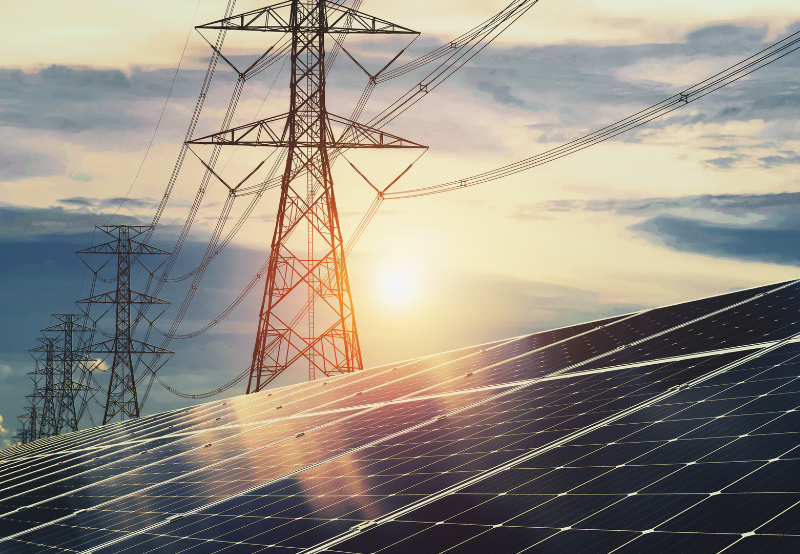India–US Trade Tensions Rise Over Steel and Auto Tariffs NMDC Limited reports a 38% drop in Q4 FY24 consolidated net profit RINL to Raise $23 Million Through Land Sales Amid Crisis

Karnataka and Gujarat continue to lead India's transition to clean energy, integrating renewable resources into their power sectors with strong performance, according to a new analysis released by the Institute for Energy Economics and Financial Analysis (IEEFA) and Ember.
"Despite the significant strides in clean energy adoption by some states, our findings this year reveal that the pace of transition is far from uniform," said Vibhuti Garg, Director – South Asia, IEEFA. "A purely national overview can often overshadow subtle intricacies at the state level, which may stymie the country’s electricity transition."
The report highlights the urgent need for states to increase their clean energy capacities at the urgent need, as India prepares for a peak power demand of 260 GW owing to rising temperatures.
Aditya Lolla, Asia Programme Director at Ember, added, "Some states have developed progressive steps such as promoting solar pumps for agriculture and enhancing storage solutions. However, the transition to clean electricity is still in its infancy in many states."
The study also highlights variations in state capabilities, with some, such as Delhi, being well-prepared for decarbonisation, while others, such as Odisha, having strong market enablers but trail behind in actual decarbonisation initiatives.
"States must address deficiencies in readiness and market enablers to sustain their momentum in decarbonising the power sector," stated Saloni Sachdeva Michael, Energy Specialist at IEEFA. "We recommend the strengthening of state-level regulatory ecosystems to ensure compliance, promote growth, and create a conducive environment for business."
The report underscores the need for a more focused state-level approach to fully understand the nuances of India's electricity transition and to tailor policy interventions accordingly.
Also Read : NGT Issues Notices Over Illegal Encroachment by Steel Plant in Jharsuguda Adani seeks to reach 45 GW of renewable energy by 2030